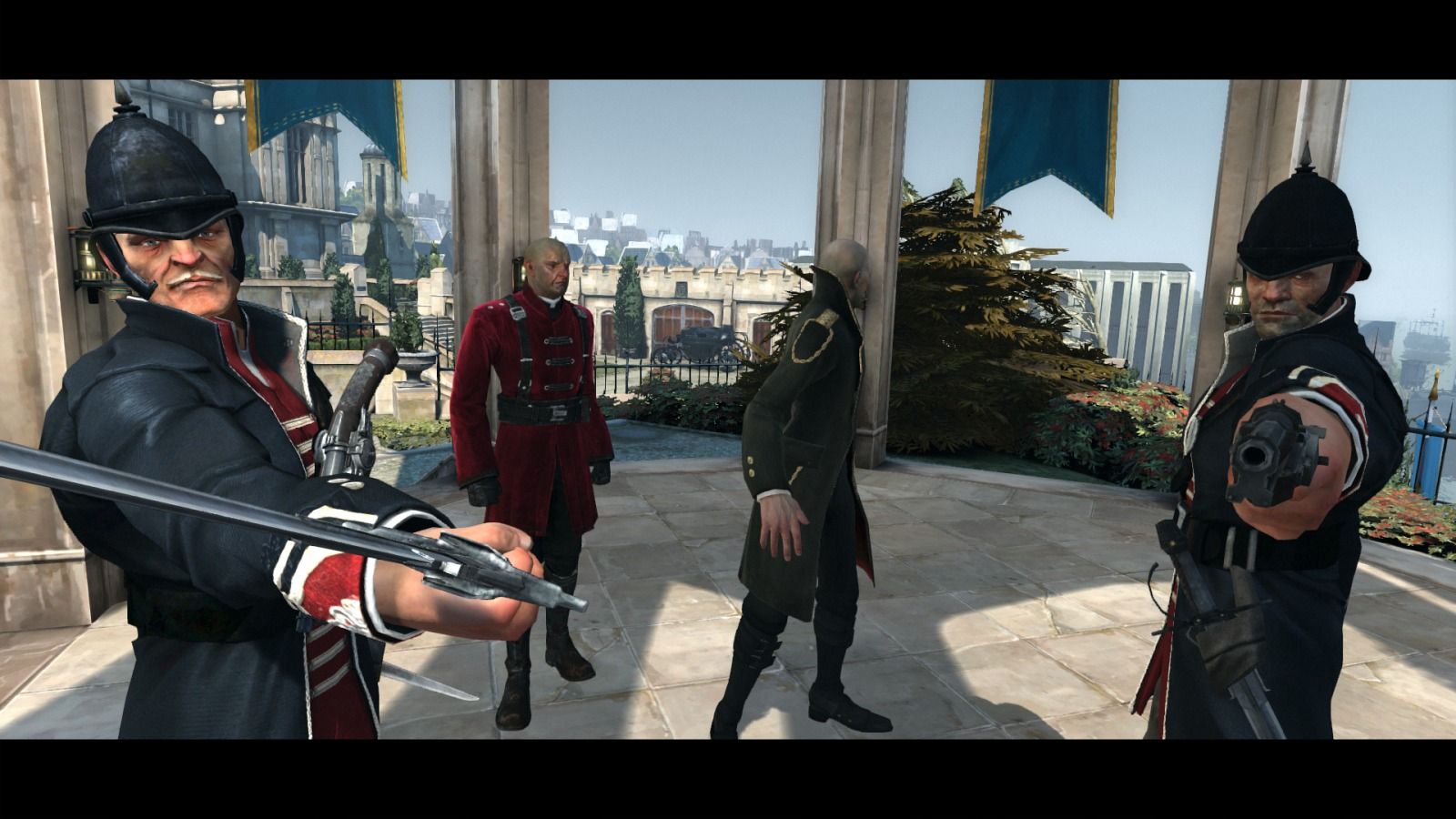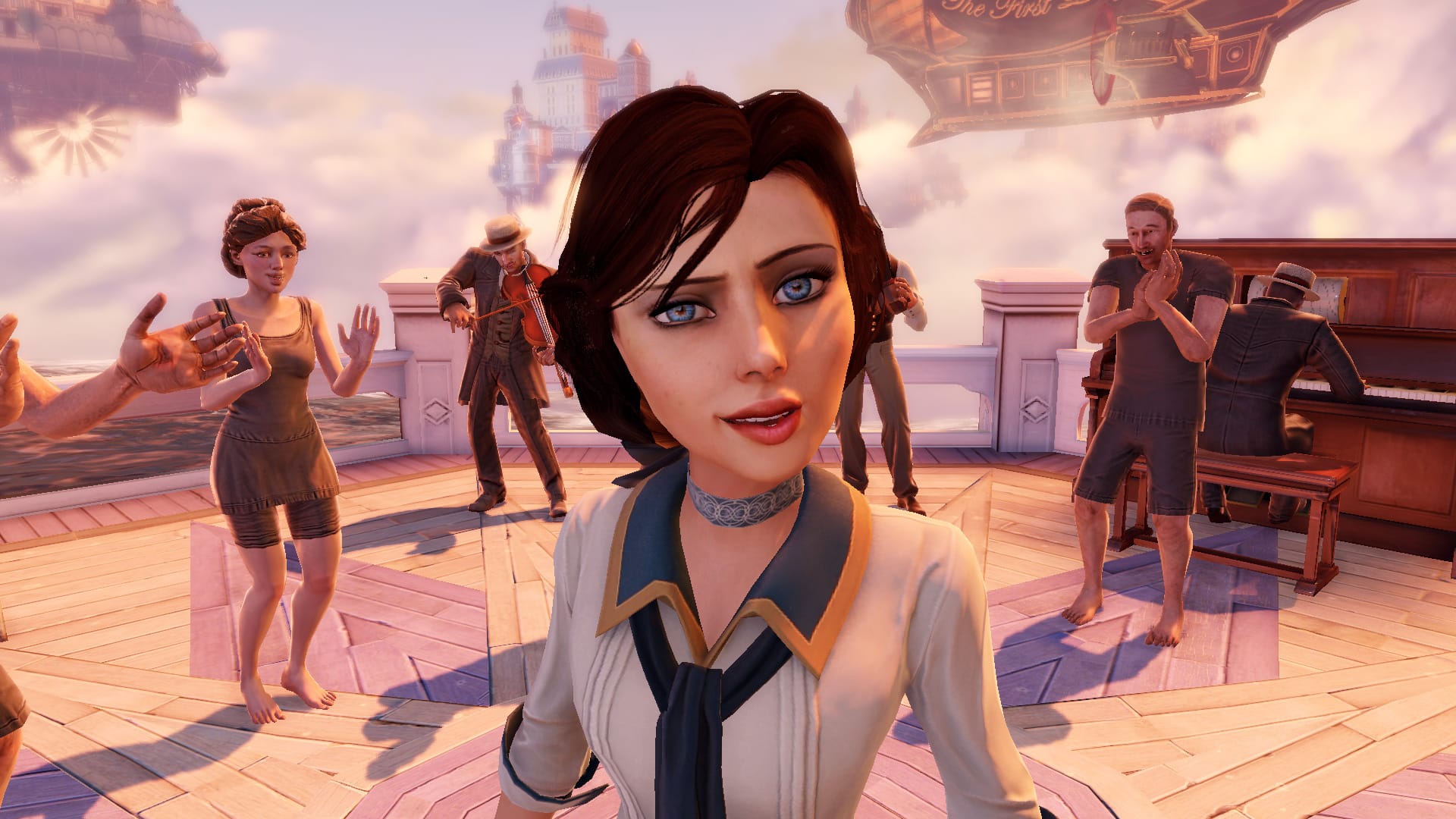The next big step is to pick a bunch of those styles and play around with them properly, design a character, or series of characters, and translate those characters into 3D while maintaining their style.
When it came to picking what styles and genres I'd like to mess around with, I wanted to pick stuff that would be fun to do, and maybe stuff that hasn't been seen that often in games, or push myself and try one or two styles outside of my comfort zone.
For the first set of characters I'm going to work on, I took a look back at some of the work I did during my third year. I liked the ideas and characters I had for a GDD (game design document) I wrote during my third year about a supernatural detective in the 1940s, it was . The style was very much based on film noir comic strips, Sin City, to be specific. I'd like to take that, redesign it, and translate it into 3D.
The Devil of my Colt .45, a noir supernatural detective game I pitched in my third year.
 |
| Sin City (1991) created by Frank MILLER |
I liked the heavy use of lighting and two tone black and white, using minimal colour to make it stand out. However, only one game comes to mind that specifically using this two-tone comic book method, MadWorld.
 |
| MadWorld (2009) directed by Shigenori NISHIKAWA |
Having the two tone colour is great for creating painted lighting on a static piece, like this Batman: Black and White statue done by Mike Mignola:
 |
| Batman: Black and White statue designed by Mike Mignola. |
I thought about doing two sets of textures for these noir characters. One set of two tone figures, used exclusively for the printed models, and another would be models designed for "in game" use. For these "in game" models, I had the idea of making their textures look like the Sin City movie adaptation done by Robert Rodriguez. In was basically a black and white film but added spots of colour for important characters. It also used some cool cinema techniques to emulate certain comic book effects, like Marv's white plasters being completely visible in darkness. This is a common thing in comic books where the whites of a character's eyes, their teeth, or blood is perfectly visible even in darkness. In theory, this can be achieved experimenting with glow maps.
 |
| Sin City (2005) directed by Robert RODRIGUEZ |
Still looking into revamping this noir GDD from third year, I had a look at visual styles. The games Dishonored and BioShock: Infinite caught my eye. Both of these games use distinctly human characters, with realistic textures, but they don't look quite realistic. Their human characters are stylised, almost caricatured or cartoony.
 |
| Dishonored (2012) developed by Arkane Studios |
 |
| BioShock: Infinite (2013) developed by Irrational Games |
For revamping this noir style game, I'd like to combine the caricatured style of Dishonored and BioShock: Infinite with the artistic style of the Sin City film to create characters for a visually distinctive set of characters. In addition to learning how to properly rig, learning how to use Mudbox and making my first 3D prototype, this is what I will be working on over the next few months.




























